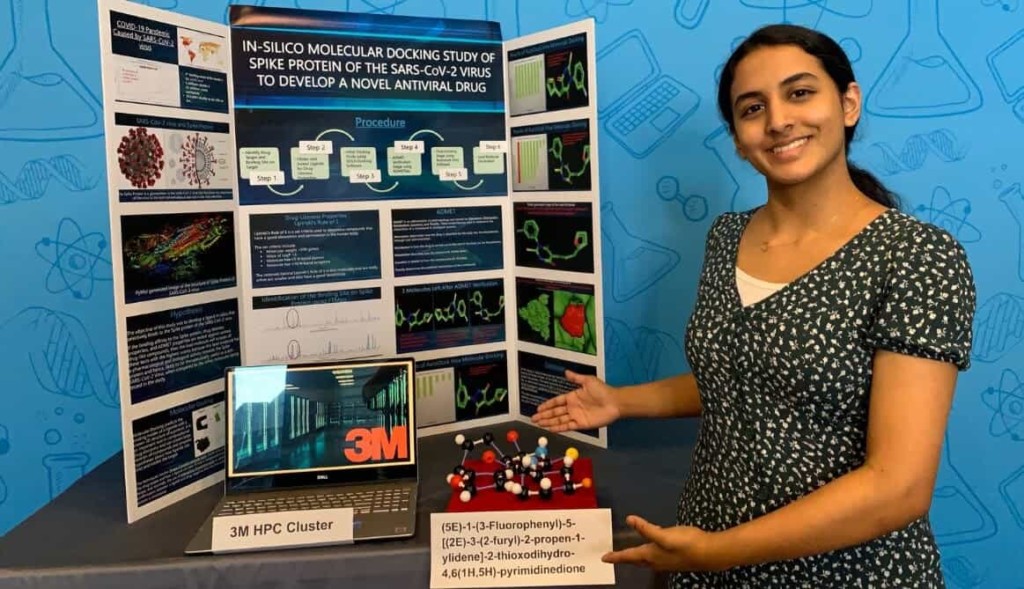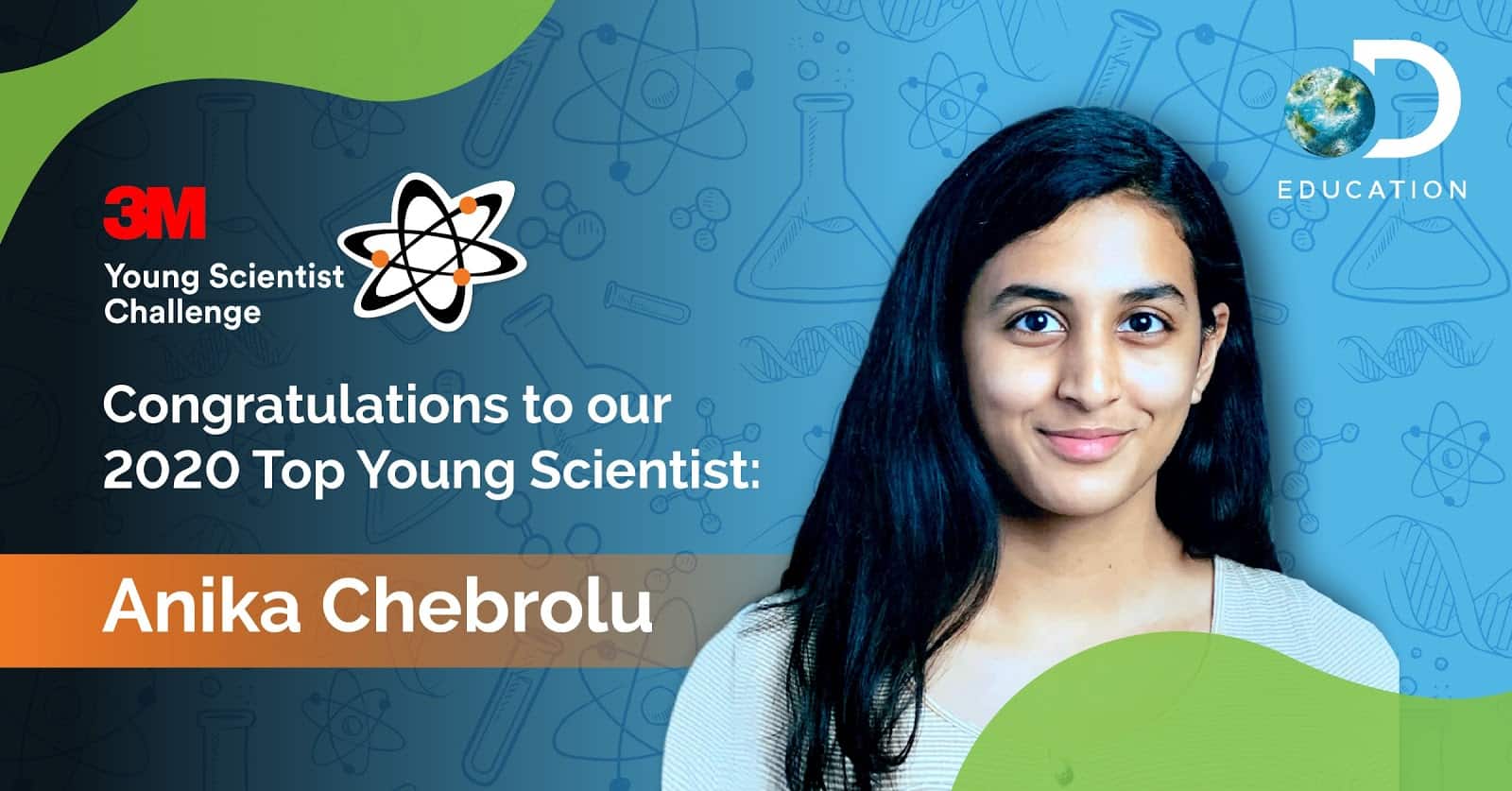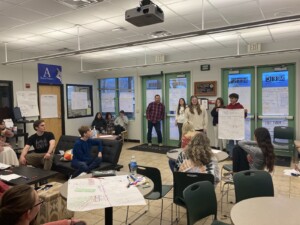Support STEM Education Through Student-Centered Challenges

By: Shannon Robinson
As educators keep moving from “traditional,” teacher-centered instruction to student-centered learning environments, we’re realizing the importance of integrating STEM into curriculum. Research shows that the pandemic emphasized the need for access to STEM resources, with 77% of the world saying that a strong STEM education is crucial. That includes the classroom by putting learning in the hands of students to help them achieve future success.
To ensure every student has the chance to get hands-on with STEM learning, I facilitate challenge-based activities in the classroom. In this article, I’m sharing ways to kickstart STEM challenges with your own students. Let’s get started.
STEM and project-based learning: the perfect pair.
Effective STEM instruction requires frequent opportunities for students to engage and learn. Project-based learning (PBL) provides the contextualized, authentic experiences necessary for students to build STEM skills.
I speak from experience when I say that it’s incredible to see what our students are capable of. I’m proud to share that my student, Anika Chebrolu, won this year’s 3M Young Scientist Challenge for their invention, “Combating the COVID-19 Pandemic.” Her project used in-silico methodology for drug discovery to find a molecule that can selectively bind to the Spike protein of the SARS-CoV-2 virus in an attempt to find a cure for the COVID-19 pandemic.
True to the ethos of project-based learning, Anika’s project applies critical STEM-thinking to a global issue top of mind for many. PBL is all about mixing different disciplines and subjects together in a way that guides students to think about real-world issues while developing thoughtful solutions rooted in 21st-century skillsets, like STEM, multimedia, and digital technologies.
“I’ve had an interest in STEM since childhood, and have always received support from my family and teachers,” Anika explained. “In school, I found my interests nurtured by my educators, who challenged and supported me in my endeavors both inside and outside of the classroom.”
PBL helps students make crucial connections between subjects, and how what they’re learning is applied in the real world. This is especially appropriate in STEM education, where foundational concepts guide the problem-solving process.
STEM challenges in action.
STEM challenges use design thinking – a structured framework for identifying, testing, and refining potential solutions to a real-world problem. STEM challenges fuel students’ curiosity and helps them get excited about what they’re learning.
“Papa Rao Chebrolu, my grandfather and retired professor of organic chemistry, has instilled a strong sense of curiosity in me since childhood,” Anika shared. “Curiosity helps me to challenge myself and come up with solutions that can make a difference.”
I get my students excited to do STEM challenges by making sure the challenge follows three simple things:
- Make sure the problem is relatable. No one likes to do busywork. Use STEM challenges as a way to connect students to the wider world and local issues alike. Look for challenges that focus on topics that students care about, like climate change, health, family, or education. Or, seek out challenges that let the students locate the issue.
- Connect challenges to existing lessons. Keep learning connected by integrating challenges into existing curriculum. Aligned to learning standards, the wealth of supplemental materials take concept to reality with context-focused resources, like virtual field trips, career profiles, activities, and more. That way, students already feel knowledgeable about the topic.
- Empower students to be the solution seekers. Challenges are a great way to help teach students the importance of decision making. This allows the imagination to flourish, supporting their natural curiosity in a way that drives multiple answers to a single problem. These real-world oriented challenges give students the opportunity to construct realistic solutions to real problems.
STEM Challenge Resources
- 3M and Discovery Education provide several no-cost STEM challenge lesson plans and interactive activities for educators to use in the classroom. The annual 3M Young Scientist Challenge is a unique opportunity for students to work alongside STEM experts to solve timely real-world problems.
- TeachThought published an article covering 45 design thinking resources for teachers, including frameworks, lesson plans, and activities.
- Common Sense Media’s STEM app guide highlights resources that help students develop and apply a conceptual understanding of STEM by solving puzzles, designing solutions to novel problems, and creating new inventions.
- TCEA provides a helpful guide for infusing PBL into STEM projects.
- These real-life examples are helpful for understanding where design thinking fits into the K-12 classroom.
As educators, it’s important that we’re available to support and guide – but students are responsible for driving STEM challenges forward. Emphasize that these activities aren’t about passing or failing – they are about learning. Mistakes are part of the process. When students are allowed to fail, they’re able to learn.
According to Anika, “Knowing my teachers were interested in my learning made diving deep into STEM and my Young Scientist Challenge project all the more exciting and rewarding.”
Every student deserves opportunities to get hands-on with STEM. I encourage you to give challenge-based activities a try – the results might surprise you!

For more, see:
- Using OER to Increase Collaboration, Relevance, and Engagement
- Asaf Bitton and Beth Rabbit on the State of Health and the Parabola Project
- A Unique Thanksgiving Seasons: Even More Reason to Be Grateful for Our Teachers
Shannon Robinson is an 8th Grade Science Teacher and Instructional Coach at Nelson Middle School.






0 Comments
Leave a Comment
Your email address will not be published. All fields are required.